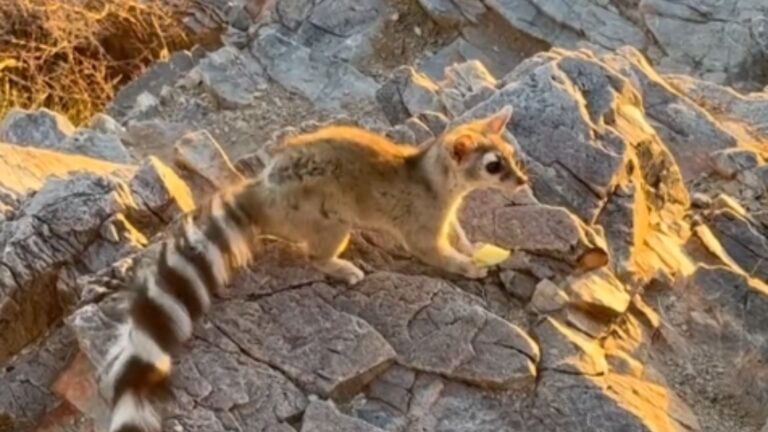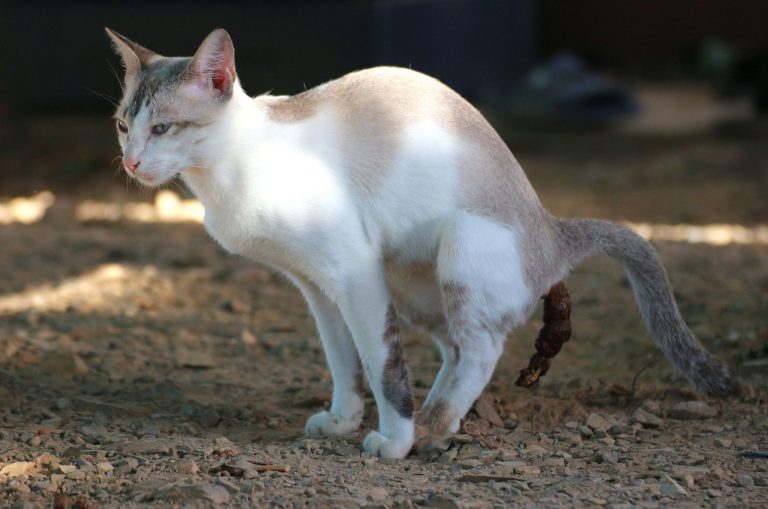8 Snakes To Watch Out For In Arizona This Summer (With Pictures)
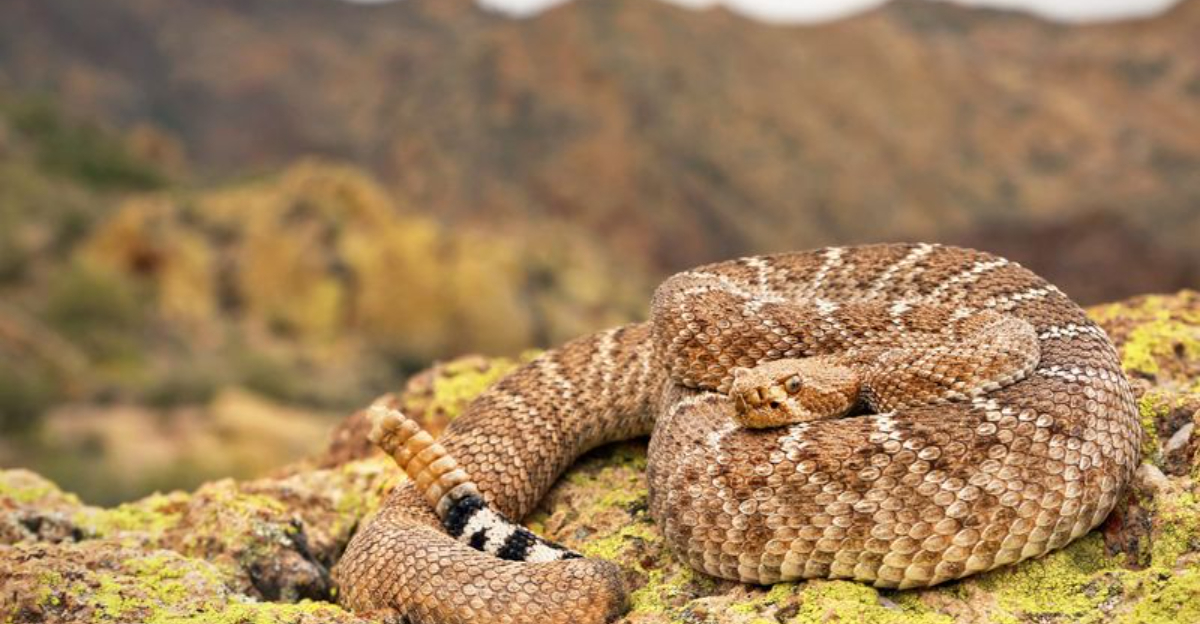
Summer in Arizona brings out more than just scorching temperatures. It awakens a variety of slithering residents from their winter hideaways.
As hiking trails and backyards become active with both humans and reptiles, knowing which snakes pose potential dangers can be lifesaving. While most snakes prefer to avoid human contact, accidental encounters happen frequently during the warmer months.
1. Mojave Rattlesnake
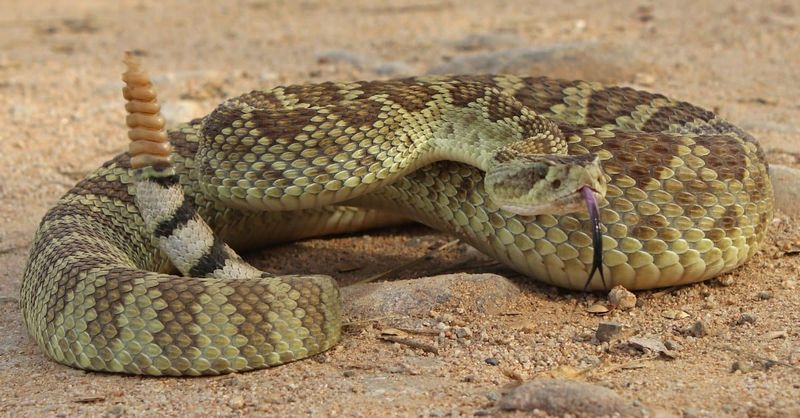
Often called the “Mojave Green,” this pale rattlesnake packs the deadliest punch in Arizona. Unlike its cousins, its venom combines hemotoxic and neurotoxic properties, potentially affecting both tissue and nervous system.
Recognizable by its light greenish-gray body with darker diamond patterns, the Mojave prefers desert flatlands and washes. What makes this serpent particularly dangerous is its tendency to stand its ground rather than retreat.
Medical attention after a bite is absolutely critical – don’t wait for symptoms to appear before seeking help.
2. Black-Tailed Rattlesnake
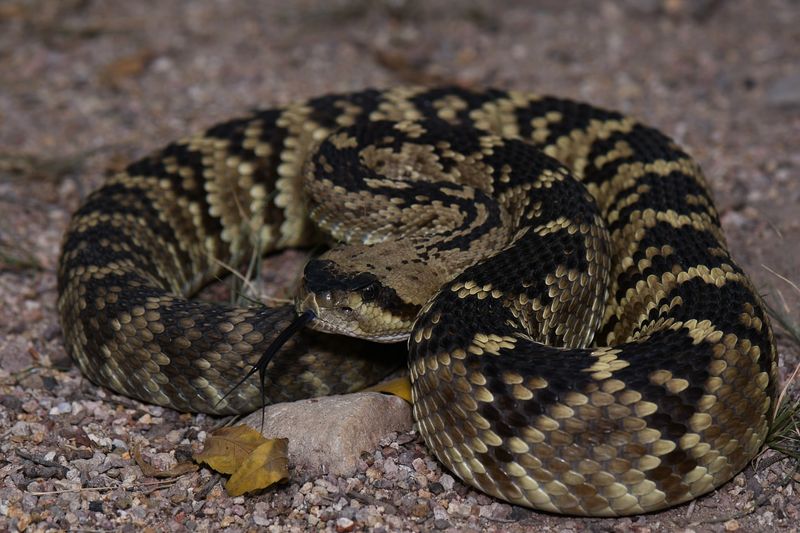
Distinguished by its solid black tail above the rattle, this beautiful rattlesnake blends perfectly with Arizona’s rocky landscapes. Their coloration varies from olive-green to gray, allowing them to disappear against boulders and scrub.
Though less aggressive than other rattlers, they’re still serious business when cornered. Black-tails frequently bask on sun-warmed rocks during mornings and evenings, making them a common sight on hiking trails.
Unlike some rattlesnakes, they sometimes fail to rattle before striking, so watching your step is crucial in their territory.
3. Arizona Coral Snake
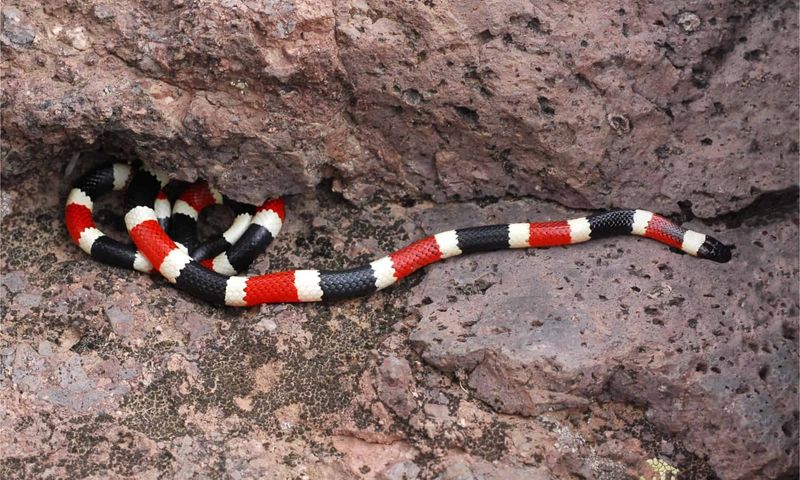
“Red touches yellow, kills a fellow” – this rhyme helps identify the dangerously venomous coral snake from harmless mimics. Small but lethal, these colorful serpents rarely exceed two feet in length.
Unlike rattlesnakes, coral snakes have small, fixed fangs and must chew to deliver venom effectively. They’re primarily nocturnal and spend most daylight hours hidden underground or beneath rocks.
Their neurotoxic venom affects breathing and can be fatal without antivenin. Fortunately, their reclusive nature and reluctance to bite means encounters are extremely rare.
4. Grand Canyon Rattlesnake
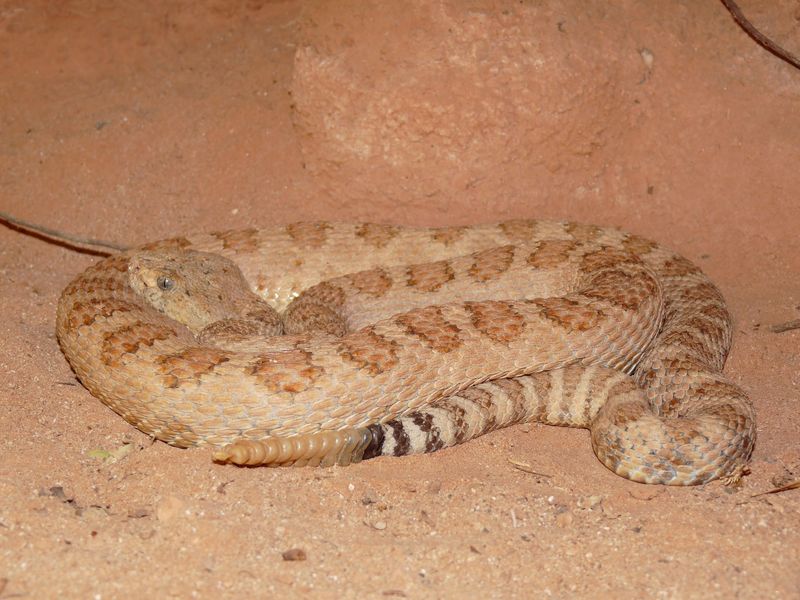
Perfectly adapted to the dramatic landscapes of its namesake, this rattlesnake’s rusty-red coloration mirrors the iconic canyon walls. A subspecies of the Western Rattlesnake, these serpents have evolved to become masters of camouflage in their specialized habitat.
Hikers exploring the Grand Canyon’s trails should remain vigilant, especially on warm mornings when these snakes emerge to thermoregulate. Their venom, while not the most potent, can still cause serious medical emergencies.
Rangers report that most bites occur when visitors attempt to move, photograph, or harass these snakes – activities that should always be avoided.
5. Western Diamondback Rattlesnake
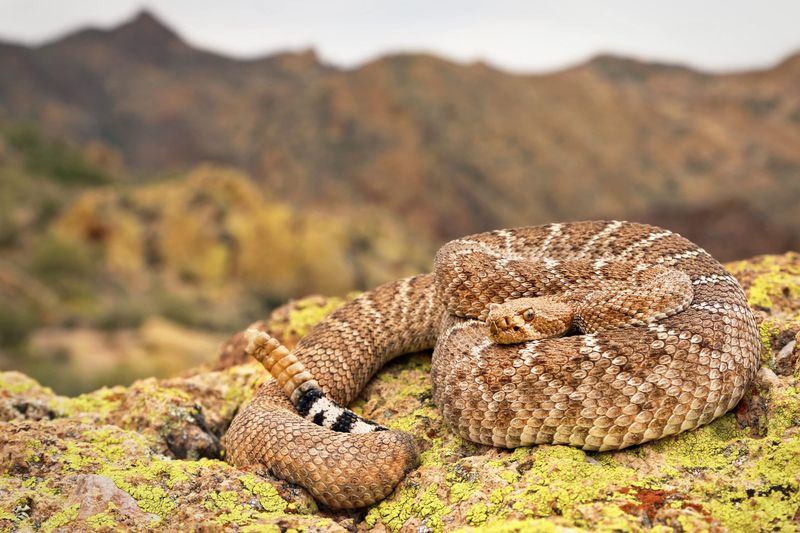
The notorious rattling sound that freezes hikers in their tracks often belongs to this iconic desert dweller. Sporting a distinctive diamond pattern along its back and that famous segmented rattle, this snake demands immediate respect.
Adults typically grow 3-5 feet long and prefer rocky outcrops where they ambush prey. Their hemotoxic venom destroys tissue and disrupts blood clotting.
When encountered, back away slowly – never run or make sudden movements. These defensive reptiles only strike when they feel threatened and can’t escape.
6. Tiger Rattlesnake
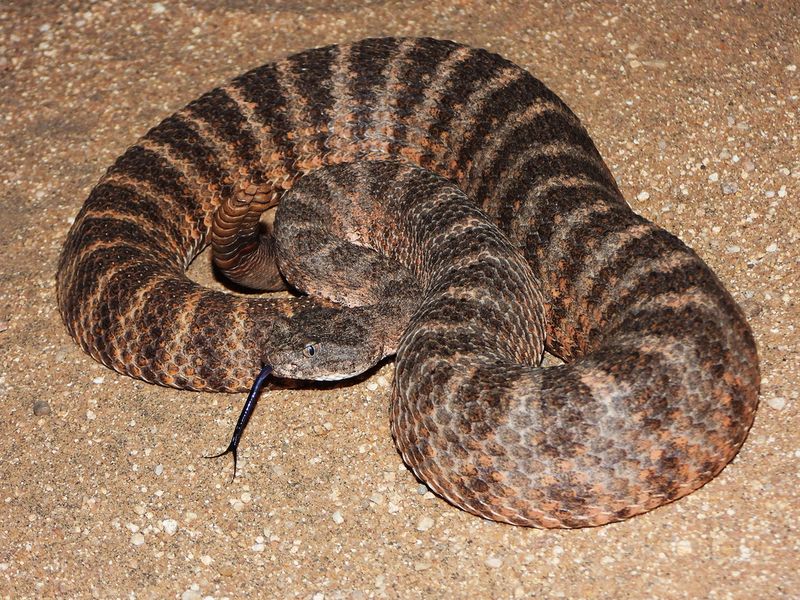
Don’t let its small size fool you – pound for pound, the Tiger Rattlesnake possesses the most potent venom of any rattlesnake in the United States. Rarely exceeding three feet, these compact predators feature distinctive crossbands on a grayish background.
Their small rattles produce a higher-pitched buzz that’s easily overlooked by hikers. Found primarily in rocky foothills of southern Arizona mountains, they hunt at dusk when temperatures cool.
Despite their powerful venom, Tiger Rattlesnakes inject relatively small amounts when biting, making fatalities uncommon but medical attention absolutely necessary.
7. Black Racer
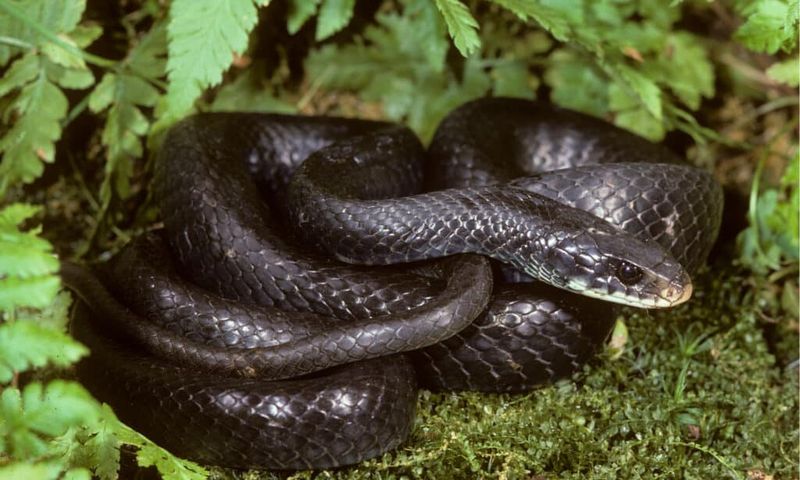
Lightning-fast and glossy black, the Racer earns its name through impressive bursts of speed reaching up to 4 mph. Though completely harmless to humans from a venom perspective, their quickness and defensive attitude often causes panic.
When cornered, Racers put on quite a show – vibrating their tails against dry leaves to mimic rattlesnakes and striking repeatedly. They’re excellent climbers and swimmers, making them versatile hunters.
These beneficial predators help control rodent and insect populations. If encountered, simply step back and watch as they typically race away faster than you can follow.
8. Kingsnake
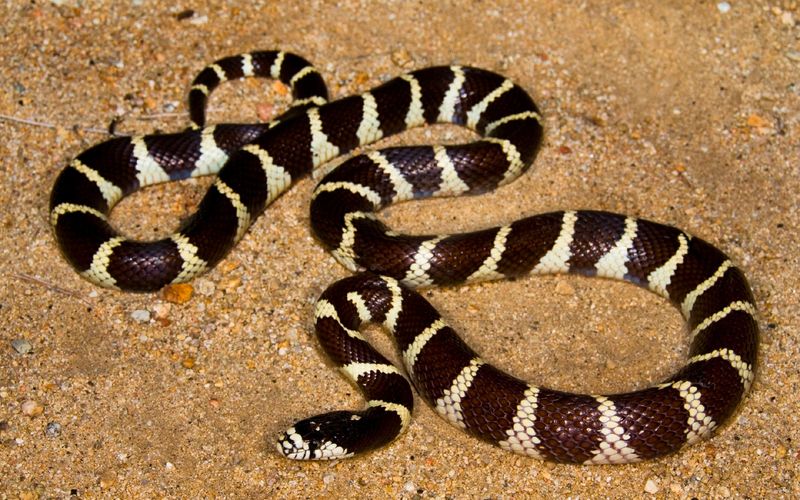
Heroes of the reptile world, Kingsnakes actually prey on other snakes – including venomous rattlesnakes! Their striking black and white (or yellow) banded pattern often causes misidentification as coral snakes, though their bands arrangement differs.
Possessing natural immunity to rattlesnake venom, these constrictors fearlessly take on Arizona’s most dangerous serpents. When threatened, they may vibrate their tails, hiss loudly, and release a foul-smelling musk.
Gardeners should welcome these beneficial predators that help control rodent and rattlesnake populations. They’re completely harmless to humans and make excellent natural pest control.

